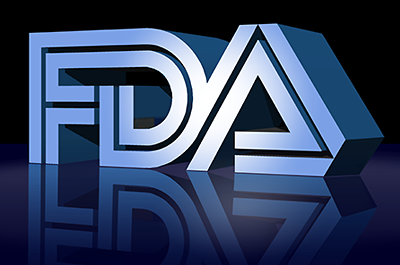Similarity Between Generics, Brand-Name Products Can Vary
Abstract
The equivalence and interchangeability between brand-name and generic products remains a source of controversy and confusion for certain drugs.
While generics are widely used as money-saving substitutions for brand-name products, some patients report a return of symptoms or the worsening of side effects after they make the switch. In some cases, real pharmaceutical differences may exist, even though generics are expected to be therapeutically equivalent.

The Food and Drug Administration should be alerted if switching between brands has resulted in a loss of efficacy or increased side effects in your patients.
Generic drugs are required to have the same active ingredient, dosage form, strength, route of administration, and bioequivalence to the brand-name drugs.
In order for manufacturers to convince the Food and Drug Administration (FDA) of the bioequivalence of their generic, they typically conduct a few small studies in healthy volunteers to show similar patterns of absorption between the generic and branded drugs, as the efficacy and safety have already been established.
Nevertheless, questions have been raised for some generics’ purported bioequivalence. In November 2014, the FDA announced that two approved generic versions of Concerta—a long-acting formulation of methylphenidate used to treat attention-deficit/hyperactivity disorder (ADHD)—were found to be not equivalent to Concerta.
Even though both generics had previously been deemed equivalent to Concerta, the FDA conducted independent testing of the generics after numerous patients reported a change in their response to the treatment after switching to the generics. Why was a difference not detected before approval?
For the FDA to consider a generic to be a bioequivalent of a brand-name medication, the peak concentration of the active drug in blood, the time it takes to reach the peak, and the total amount that entered and remained the body over time after a dose must be within a pre-specified small range (for example, 80 to 120 percent) that is similar to the brand-name medication.
In some cases, this standard proves insufficient, especially when the formulation is designed to slowly release the drug over a long time or when even a small variation in drug concentration is between the generics and brand name is found to be clinically significant.
The FDA’s announcement in 2014 made it evident that the Concerta generics had met the agency’s general guidelines for all generic drugs, but that this standard was not sufficient for achieving therapeutic equivalence to Concerta. The agency’s analysis revealed that one of the generics was shown to release methylphenidate at a slower rate than Concerta within the 7- to 12-hour period after intake, causing patients to report symptoms later in the day.
As a result of the findings, the FDA changed its equivalence rating—a coded system designed to show how similar a generic is to a brand-name product—for the two Concerta generics from AB to BX. (Ratings that begin with A indicate sufficient equivalence for automatic substitution. Ratings that begin with B indicate that substitution is not recommended.) The ratings for all generics on the market are collected in a reference known as the Orange Book.
Notably, having a B rating does not mean that a product will be automatically removed from the market, although they are often withdrawn voluntarily or at the FDA’s request. After the FDA’s decision to change the two Concerta generics’ ratings, both generics went off the market. In addition, the FDA released a new set of standards for proving bioequivalence in methylphenidate products, which is more stringent than the general guideline.
This is not the first product-specific guideline for generics. From 2012 to 2014, the FDA requested the withdrawal of several generic bupropion extended-release tablets as they were found not to be equivalent to Wellbutrin XL and posed increased risk for adverse effects. Currently, there are dozens of product-specific guidelines for which the general standard for bioequivalence has been revised.
For patients and practitioners, the Orange Book remains the source for up-to-date bioequivalence information on any generic drug. If switching between brands has resulted in a loss of efficacy or increased side effects, these cases should be reported to the FDA to urge a re-evaluation. ■



